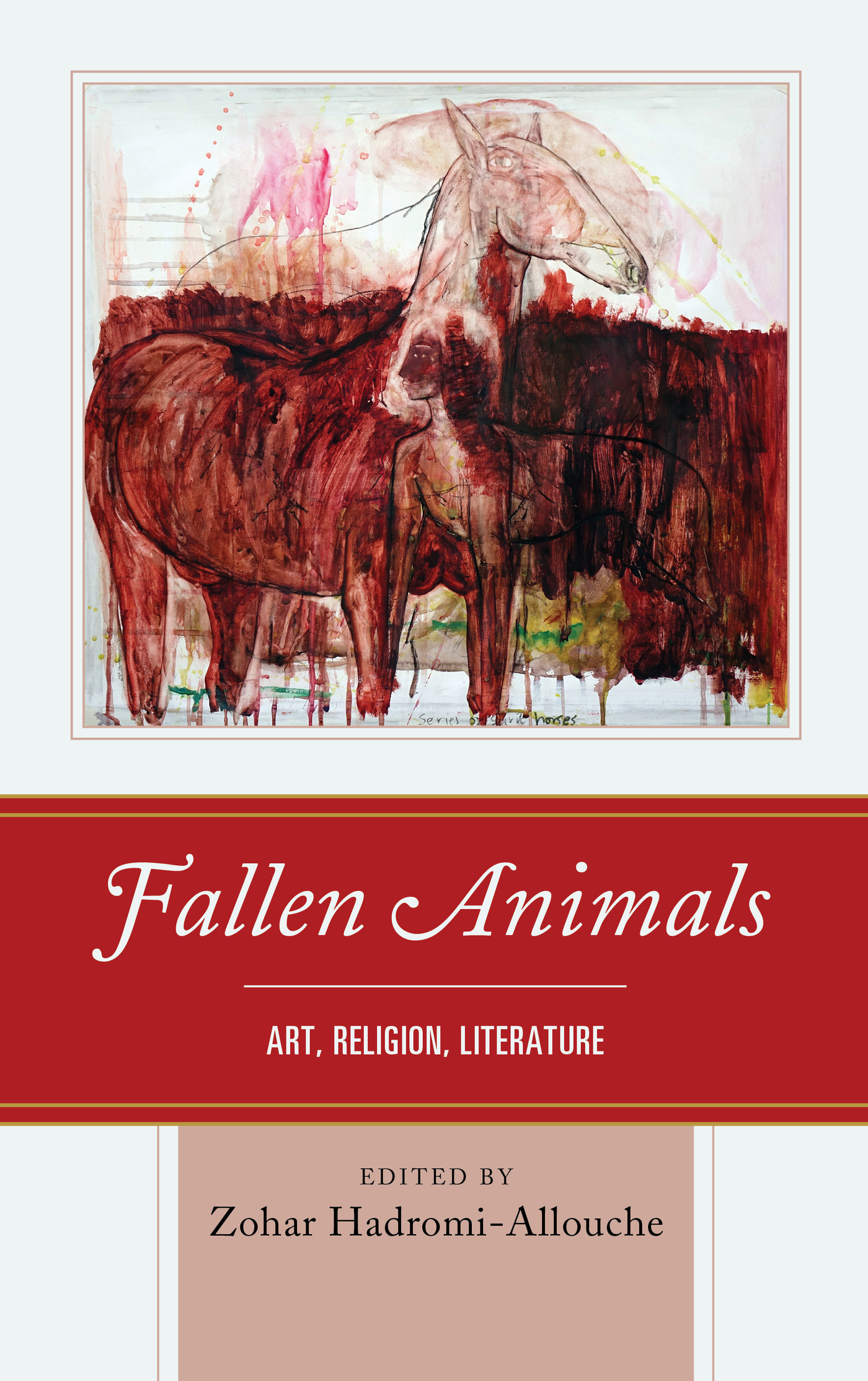Fallen Animals
Ecocritical Theory and Practice
Series Editor: Douglas A. Vakoch, METI
Advisory Board:
Bruce Allen, Seisen University, Japan; Hannes Bergthaller, National Chung-Hsing University, Taiwan; Zlia Bora, Federal University of Paraba, Brazil; Izabel Brando, Federal University of Alagoas, Brazil; Byron Caminero-Santangelo, University of Kansas, USA; Simo Farias Almeida, Federal University of Roraima, Brazil; George Handley, Brigham Young University, USA; Isabel Hoving, Leiden University, The Netherlands; Idom Thomas Inyabri, University of Calabar, Nigeria; Serenella Iovino, University of Turin, Italy; Daniela Kato, Kyoto Institute of Technology, Japan; Petr Kopeck, University of Ostrava, Czech Republic; Serpil Oppermann, Hacettepe University, Turkey; Christian Schmitt-Kilb, University of Rostock, Germany; Heike Schwarz, University of Augsburg, Germany; Murali Sivaramakrishnan, Pondicherry University, India; Scott Slovic, University of Idaho, USA; J. Etienne Terblanche, North-West University, South Africa; Julia Tofantuk, Tallinn University, Estonia; Cheng Xiangzhan, Shandong University, China; Hubert Zapf, University of Augsburg, Germany
Ecocritical Theory and Practice highlights innovative scholarship at the interface of literary/cultural studies and the environment, seeking to foster an ongoing dialogue between academics and environmental activists.
Recent Titles
Fallen Animals: Art, Religion, Literature
edited by Zohar Hadromi-Allouche
Ecological Thought in German Literature and Culture
edited by Gabriele Drbeck, Urte Stobbe, Hubert Zapf, and Evi Zemanek
The Horse in Literature and Film: Uncovering a Transcultural Paradigm
by Francisco LaRubia-Prado
Water in Medieval Literature: An Ecocritical Reading
by Albrecht Classen
Sustainability and the City: Urban Poetics and Politics
edited by Lauren Curtright and Doris Bremm
Ecocultural Ethics: Critical Essays
edited by Rayson K. Alex, S. Susan Deborah, Reena Cheruvalath, and Gyan Prakash
Critical Ecofeminism
by Greta Gaard
Writing the Earth, Darkly: Globalization, Ecocriticism, and Desire
by Isabel Hoving
Ecological Entanglements in the Anthropocene
edited by Nicholas Holm and Sy Taffel
Fallen Animals
Art, Religion, Literature
Edited by Zohar Hadromi-Allouche
LEXINGTON BOOKS
Lanham Boulder New York London
Published by Lexington Books
An imprint of The Rowman & Littlefield Publishing Group, Inc.
4501 Forbes Boulevard, Suite 200, Lanham, Maryland 20706
www.rowman.com
Unit A, Whitacre Mews, 26-34 Stannary Street, London SE11 4AB
Copyright 2017 by Lexington Books
All rights reserved. No part of this book may be reproduced in any form or by any electronic or mechanical means, including information storage and retrieval systems, without written permission from the publisher, except by a reviewer who may quote passages in a review.
British Library Cataloguing in Publication Information Available
Library of Congress Cataloging-in-Publication Data
Names: Hadromi-Allouche, Zohar, editor.
Title: Fallen animals : art, religion, literature / edited by Zohar Hadromi-Allouche.
Description: Lanham : Lexington Books, 2017. | Series: Ecocritical theory and practice | Includes bibliographical references and index.
Identifiers: LCCN 2017033659 (print) | LCCN 2017036880 (ebook) | ISBN 9781498543972 (Electronic) | ISBN 9781498543965 (cloth : alk. paper)
Subjects: LCSH: Fall of man. | Human-animal relationships--Religious aspects. | Christianity and the arts.
Classification: LCC BT710 (ebook) | LCC BT710 .F36 2017 (print) | DDC 233/.14--dc23
LC record available at https://lccn.loc.gov/2017033659
 TM The paper used in this publication meets the minimum requirements of American National Standard for Information Sciences Permanence of Paper for Printed Library Materials, ANSI/NISO Z39.48-1992.
TM The paper used in this publication meets the minimum requirements of American National Standard for Information Sciences Permanence of Paper for Printed Library Materials, ANSI/NISO Z39.48-1992.
Printed in the United States of America
Acknowledgments
The editor is grateful for the generous support of the Royal Society of Edinburgh, thanks to which this volume began with a workshop in 2015 at the University of Aberdeen. I am grateful to my colleagues across the College of Arts and Social Sciences for their support and encouragement, and particularly ine Larkin, who has been my partner through the most challenging parts of the Fall project(s).
Cover image: Kate Walters (2016), Spirit Horse (watercolour, 47x56cm). Reproduced by kind permission of the artist.
Introduction
Diane Apostolos-Cappadona and
Zohar Hadromi-Allouche
All Creatures High and Low:
Seeing Fallen Animals in Religion and the Arts
The premise of Fallen Animals is that somehow and in some way the Fall of Adam and Eve as related in the Bible has affected all living beings from the largest to the smallest, from the oldest to the youngest, regardless of gender and geography. The movement from the blissful arena of the Garden of Eden to the uncertain reality of exile altered in an overt or nuanced fashion the attitudes, perceptions, and consciousness of animals and humanity alike. Interpretations of these reformulations as well as the original story of the Paradise Garden have been told and retold for millennia in a variety of cultural contexts, languages, societies, and religious environments. Throughout all those retellings, animals have been a constant presence positively and negatively, actively and passively, from the creation of birds, fish, and mammals to the agency of the serpent in the Fall narrative. Thus there has been a perhaps implicit awareness that not only the paradisiacal serpent but also all the animals were transformed by the Fall. While a variety of English-language dictionaries and encyclopedias agree on the thin line distinguishing the terms transformation and metamorphosis in relation to animals, i.e., metamorphosis is the process of transformation from an immature form to an adult form in the natural animal life cycle, and dependent upon ones interpretative lens, animals may be seen as untouched by the Fall or hampered by fallen humanity.
The Classical practice of endowing animals with human characteristics, or identifying them as embodiments of values and ideas such as power, wisdom, and courage either in recognizable animal forms, or as emblematic companions of humans, especially heroes and saints, was predicated upon mythological and literary sources. These books included the Physiologus, a second- or third-century Alexandrian anthology of idiosyncratic stories about real and mythical animals that drew upon the natural histories of Classical Greece and Rome, and Aristotles Historia Animalia, a book on natural science that compiled and systematized everything then known about animals. Additional sources included the Physiologus Latina, Homers Iliad, Pliny the Elders Naturalis Historia, and Ovids Metamorphoses.
All of these texts were identified as foundational to the evolution of the medieval bestiaries whose popularity was second only to the Bible and that detailed the history, legend, natural characteristics, and symbolism of over one hundred animals. The bestiaries were both elaborately illuminated and served as a source for the development of the complex iconography of medieval art in which moralizing parallels between animals and humans were drawn. When animals were engaged as visual and verbal instruments for religious allegory and moral pedagogy, the bestiaries and medieval devotional texts became standard resources.

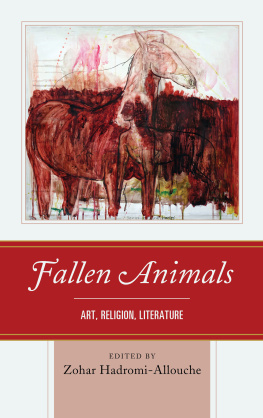
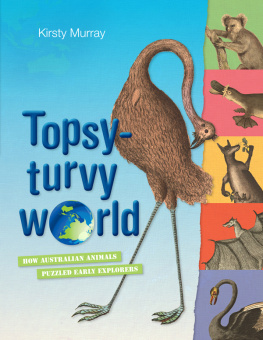
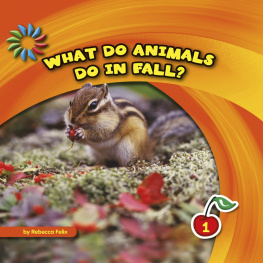

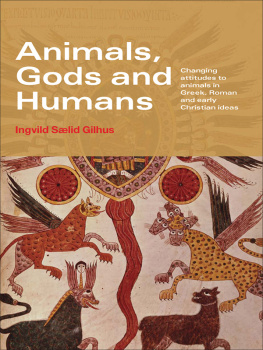
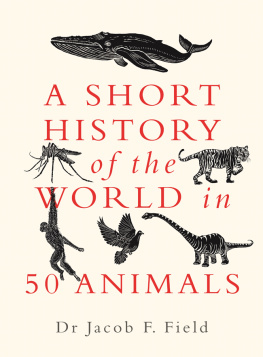
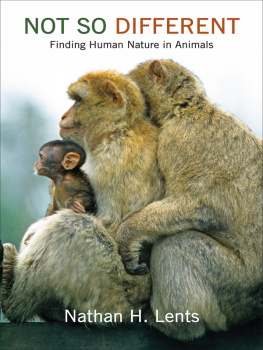
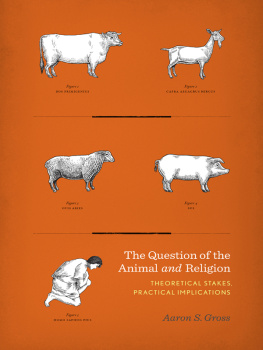
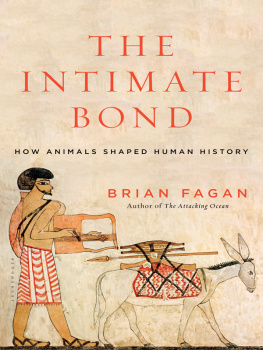
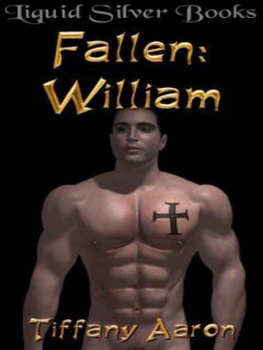
 TM The paper used in this publication meets the minimum requirements of American National Standard for Information Sciences Permanence of Paper for Printed Library Materials, ANSI/NISO Z39.48-1992.
TM The paper used in this publication meets the minimum requirements of American National Standard for Information Sciences Permanence of Paper for Printed Library Materials, ANSI/NISO Z39.48-1992.